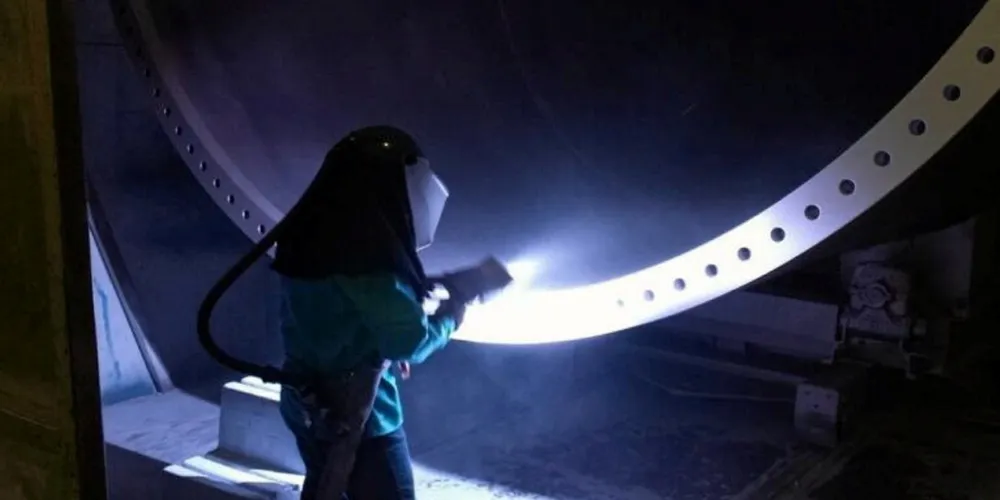Arcosa books $800m in Q1 tower orders as US onshore wind market poised for take-off
The major player and rival CS Wind are expanding US production in anticipation long-term tax incentives will turbocharge sector activity into next decade

Wind tower manufacturer Arcosa booked $800m in first quarter orders, another indication the US onshore market is poised for a potentially strong recovery fueled by federal climate law tax incentives.
“Since the passage of the Inflation Reduction Act (IRA), we have received wind tower orders in excess of $1.1bn that extend into 2028,” CEO Antonio Carrillo said on a recent conference call, adding the Dallas-based company was “optimistic” about the market recovery underway.
While Arcosa anticipates 2023 will be a transition year for its tower business, “the stage is set for a multi-year recovery in 2024 and beyond,” he said, with the supply chain requiring time to ramp up. The first quarter orders have delivery dates next year through 2028.
Arcosa this year will also begin to incur start-up expenses related to a new manufacturing facility in New Mexico that will mostly support wind projects now underway there.
The climate law has two tax credits beneficial for tower production that took effect on 1 January this year.
The first, now called an advanced energy project credit, provides the Treasury secretary with new authority to allocate $10bn to re-equip, expand, or establish an industrial or manufacturing facility for production or recycling of renewable energy and other equipment.
The law requires $4bn of qualified investments for projects in so-called energy communities where a coal mine or coal-fired electric generating unit has closed. The credit subsidses 30% of the upfront project capex – if prevailing wage and registered apprenticeship requirements are met. If not, the subsidy is 6%.
Several weeks later, rival CS Wind announced a three-phase expansion of its factory in Pueblo, New Mexico, which opened in 2009. The first is due for completion by summer 2024 and the second and third by 2028.
The climate law’s second tax credit is for advanced manufacturing production. For towers, it is worth $30/kW. This amount is multiplied by the rated capacity of the completed wind turbine.
Broadwind, a smaller supplier, in January announced $175m in new tower orders from a “leading global wind turbine manufacturer.” The two-year deal will keep the company’s two plants in Texas and Wisconsin operating at a healthy clip this year and in 2024.
The country’s other onshore towers suppliers are GRI Renewable Industries, a Spanish firm with a plant in Amarillo, Texas; Marmen, based in Quebec, Canada, with production in South Dakota, and Ventower in Michigan.
On 1 January 2022, the US had 9.2GW of onshore tower production capacity versus 10.2GW the prior year after Arcosa idled a facility in Illinois. Other plants have been operating below capacity with the US onshore wind sector in a two-year decline.
Installations tumbled to 8.5GW in 2022, the slowest year since 2018 amid permitting, regulatory, and supply chain challenges.
The US also imports towers, mainly from Asia although Marmen is also a key supplier from Quebec.
(Copyright)